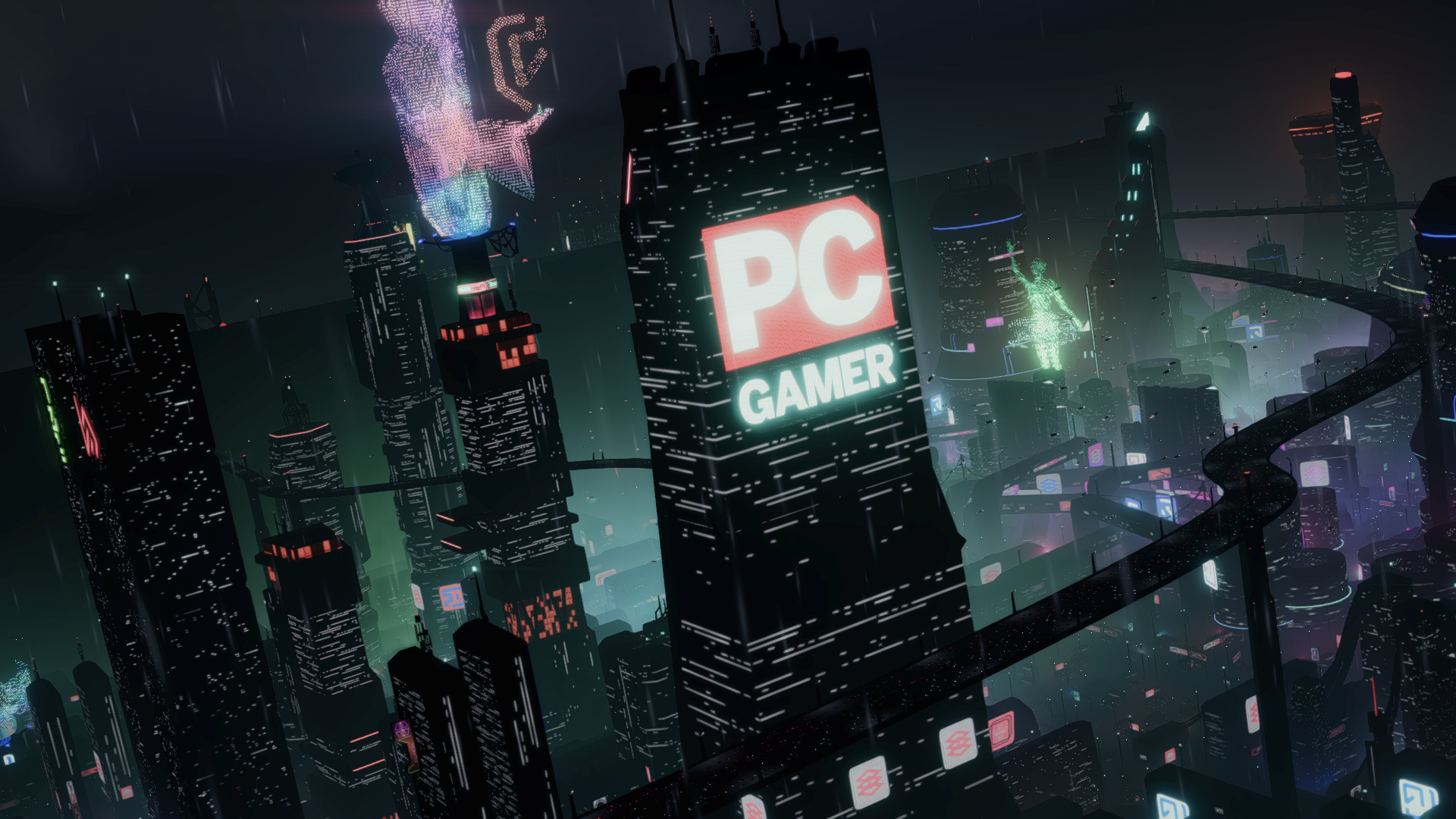I want to introduce y’all to an excellent low-pressure city builder that I’ve become smitten with, Dystopika, but first I need to get some stuff off my chest. Sorry (I am not sorry).
Among my many questionable opinions, one in particular tends to elicit the most ire from my colleagues: that cosy games are bollocks. I’m not coming for any specific game, but rather the weird meta-genre that’s sprouted up over the last bunch of years.
There are plenty of games that have been slapped with the cosy moniker that I absolutely love—Stardew Valley, A Short Hike, Wilmot’s Warehouse—but the label has also given us an endless cavalcade of pastel-coloured repetition smeared in toxic positivity.

Even among the good ‘uns, I’m not convinced cosy is the right descriptor. Stardew Valley, for instance, pulls you in all sorts of directions—you’ve gotta make new friends, buy gifts, solve mysteries, participate in festivals and competitions, delve into dungeons and murder slimes, and this is all while you’re trying to run a farm, which is famously one of the most stressful and thankless jobs around.
You’re just free to be creative.
The vibe and aesthetic might elicit cosiness, but schedule management and endless tasks sure don’t. So: great game, wrong label.
Dystopika, though, seems to get it. Like Townscaper and Tiny Glade, it’s an extremely chill, goal-free builder where you just make cool things with incredibly simple tools. There are no challenges, no demands placed on your time, no expectations at all. You’re just free to be creative.
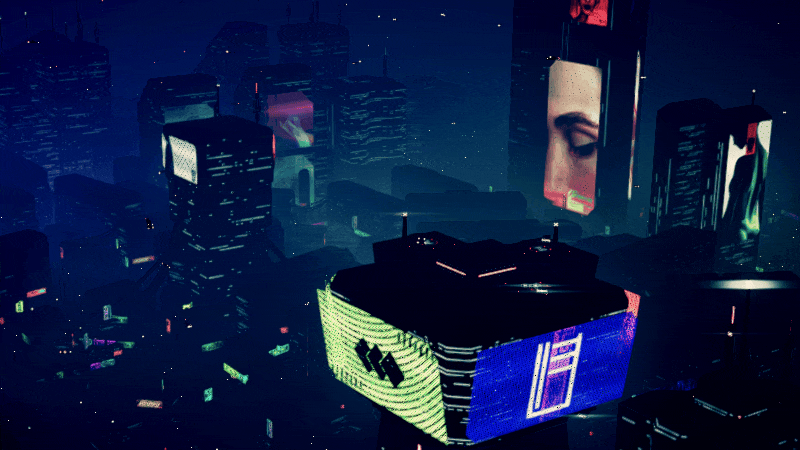
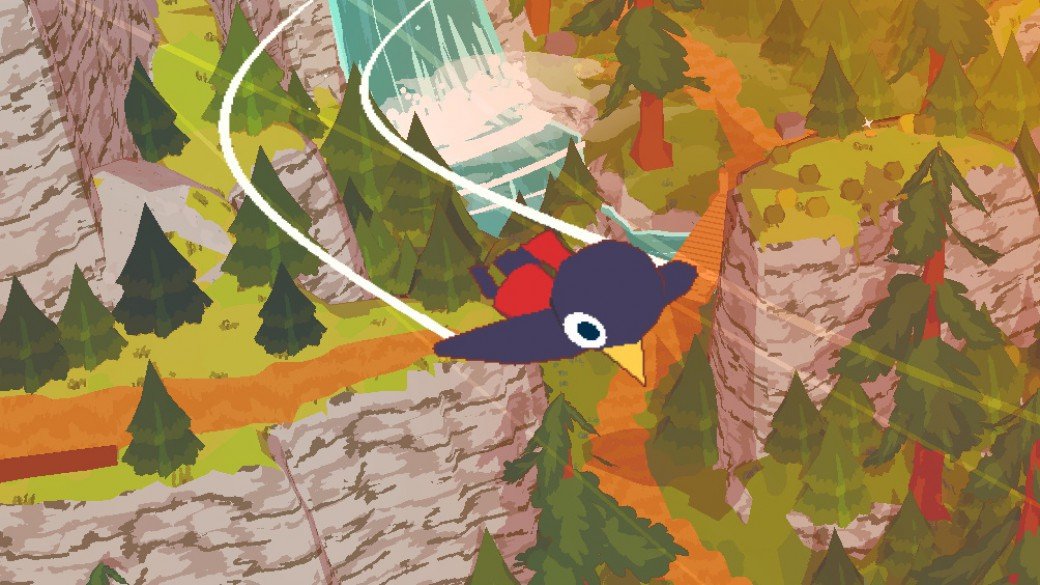
If you’re constantly looking for a cosy game fix, I’d be remiss not to mention Cozy Corner (despite the objectionable American spelling), our cosy video series hosted by Kara—who is, you’ll be pleased to know, a lot less jaded than I am.
Now, Townscaper and Tiny Glade are cute and bright—undeniably happy games. But cosy is not just a singular aesthetic, and Dystopika proves that. It’s dark and gloomy, letting you craft megacities full of imposing monoliths, gaudy holograms and bad weather. But what’s more cosy than being safely tucked away in your home when it’s miserable outside?
I used to live in Dubai, and while the image that immediately conjures up is one of blue skies and gleaming towers, it’s still a city surrounded by desert, and that means sandstorms. Now, sandstorms absolutely suck. But when you see huge buildings sprouting defiantly out of the orange gloom, promising sanctuary from the hostile environment, there’s something strangely reassuring about it. It’s cosy. And that’s the kind of cosiness that Dystopika offers.
Dystopika recognises that cosy is broad and means different things to different people. A sweet, queer dating sim; a gentle, low-pressure puzzler; or a dystopian city builder. These all tick different boxes, but they’re equally valid.
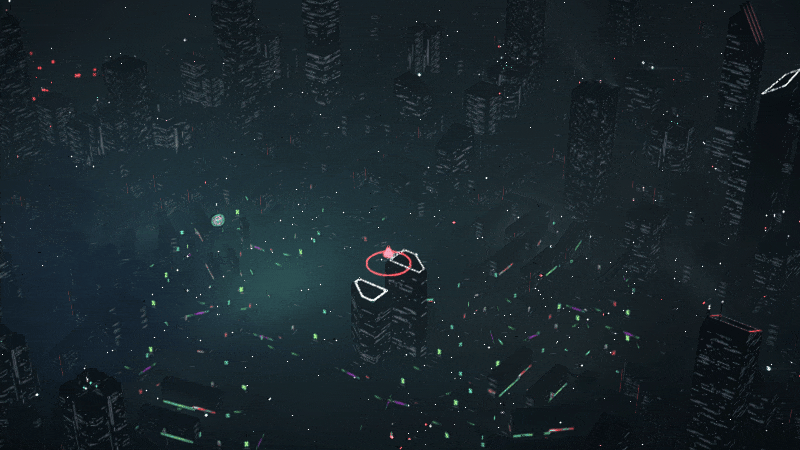
There’s not much to Dystopika, as it strips away all of the complexity inherent in city builders. You click through placeable buildings, filtering them by selecting a distinct district aesthetic, and then flesh out the city with props, like gargantuan walls, or motorways that weave between impossibly tall skyscrapers.
You can place some props on the buildings themselves, and you can raise or lower your towers, but there’s a bit less flexibility than what’s on offer in Tiny Glade, which lets you get more granular with your creativity.
But sometimes that’s all you need. When I’m burned out, I don’t want more tasks or fiddly activities. I just wanna make something very cool, very quickly, only engaging the tiniest part of my brain.
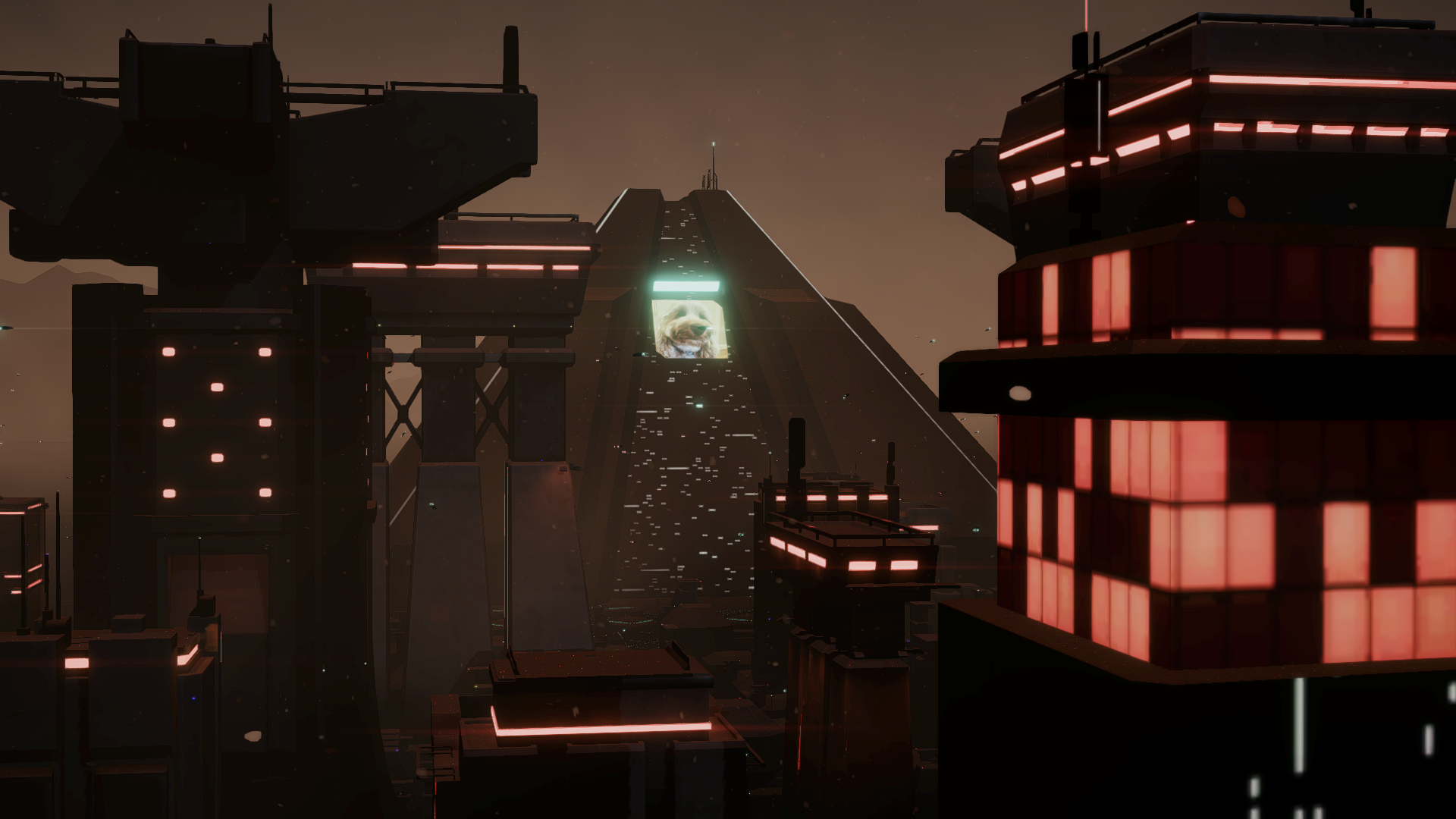
And I should add that this doesn’t mean you can’t put your stamp on a city. There’s some prop customisation, for instance, letting you tweak the colours, text and size of a prop, and you can upload your own images, which is how my cockapoo became the mascot for the Tyrell Corporation.
This way, it feels like you’re growing and nurturing a city, rather than just building it brick by brick.
Even with its limitations, Dystopika still has the power to get its hooks in you. I spent a wee while the other day creating a megacity that was really two cities: one filled with massive spires and twinkling lights, the other grotty and disheveled. And between them I built a sprawling wall, physically dividing the classes. With only the ability to place premade buildings and some custom props, I was still able to craft a simple story in my noggin.
There’s also some light proc-gen at work, too, as smaller buildings sprout up around your monoliths, almost feeding on them. Just some little baby buildings. You’ll start to see traffic appear, as well, flying between megastructures or using your serpentine motorways to get to the next heist or corpo meeting. This way, it feels like you’re growing and nurturing a city, rather than just building it brick by brick.
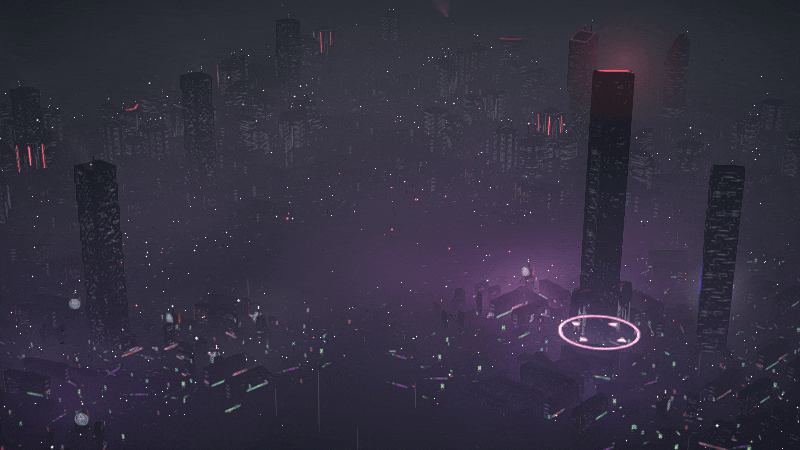
While it launched a year ago, developer Voids Within has continued to take good care of its community of relaxed architects and city planners. Last month saw the release of the Meditations update, introducing new districts, like the high-tech Labber’s Row, lots of extra props, and an appropriately synthy new soundtrack from composer Sascha Dikiciyan.
There’s a lot of joy to be had in quickly rustling up a city and just sitting back and watching it thrive to the sound of old-school Berlin electronic music. It’s soothing and comforting—like you’re flying back home and watching the twinkling city beneath you come into view.
It’s also extremely cheap! You can grab it for less than £6/$7. You’re absolutely gonna get your money’s worth, even if you don’t pour hours and hours into it. It’s the kinda game you dip into for 20 minutes when you just need a breather. Pure, uncomplicated escapism.
I love it.

Best cozy games: Relaxed gaming
Best anime games: Animation-inspired
Best JRPGs: Classics and beyond
Best cyberpunk games: Techno futures
Best gacha games: Freemium fanatics
